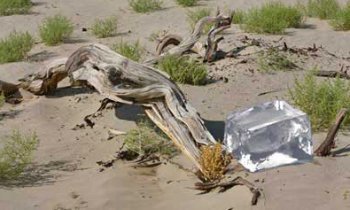One of the big problems that desert animals have to face is the intense heat during the day and the very cold at night, and the temperature ratios in the desert change very dramatically. Normal daytime temperatures can rise to 100 degrees Fahrenheit and can be below average at night, but be aware that the Arizona Bark Scorpion is one of the most dangerous desert animals you may encounter. Is required. Scorpions usually hide under rocks, wood piles, or tree bark in the heat. A cozy place where they love to adventure at night and spend the night is in your shoes! Many desert mammals have evolved long appendages to dissipate body heat to their environment. Jack Rabbit's huge ears, with its many blood vessels, give off heat when the animal is resting in a cool, shaded area. Their relatives in cool areas have much shorter ears.
In the desert, vultures utilize large animals that die of dehydration. If you can't find a corpse, eat a snake. Tarantulas feed on rodents, snakes, insects and lizards. Mammals living in the desert do so at the edge, where they find the plants and water they consume.
What do desert animals use to survive in the desert?
To survive in the desert, you need to overcome two major obstacles: extreme heat and lack of water. Therefore, the main means used by desert animals to survive in the desert include heat avoidance, heat dissipation, water retention, and water acquisition.
What challenges do desert animals need to overcome?
In order for these animals to thrive in the desert, they need to overcome various challenges such as excessive heat and lack of water. These animals concentrate excrement while avoiding evaporation to save water. Most of these animals are crepuscular or nocturnal.
What are the most dangerous animals in the desert?
Febrile seizures and heat stroke also kill many people. There are also many snake-shaped poisonous creatures in the desert, such as rattlesnakes, horned desert vipers, inland taipan, and rattlesnakes. The desert is also home to lizards such as the Gila monster and the Mexican beaded lizard, poisonous scorpions, deadly spiders and other potentially harmful animals.
How do animals dissipate heat in the desert?
Desert animals dissipate heat through bright colors, large ears, long appendages, and mouth-breathing crevices. Desert animals either dig holes in moist ground to retain water and absorb it into their bodies, or obtain water from the food they eat.

Below you will find two helpful answers on a similar topic. 👇
Where do shrimp lives?Do humans live longer than other mammals on Earth?
